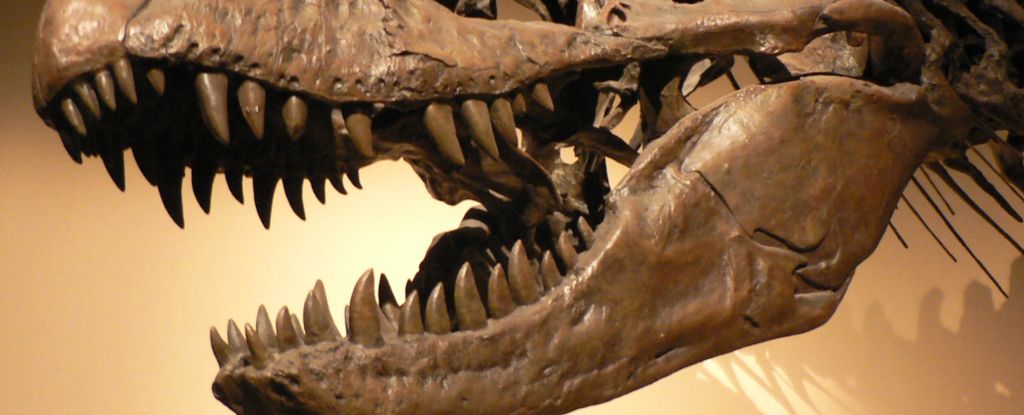
Research analyzing the skulls of 18 different carnivorous dinosaur species has unveiled significant differences in their feeding strategies. While the iconic Tyrannosaurus rex possesses a skull designed for powerful crushing bites, other species, such as Allosaurus, exhibited weaker jaws suited for slashing and tearing flesh, akin to the feeding style of modern Komodo dragons.
These dinosaurs belong to the theropod group, known for including the largest two-legged animals in history. The evolutionary adaptations observed in predatory dinosaurs like tyrannosauroids, megalosauroids, and allosauroids highlight the diverse ways these massive creatures hunted and consumed prey. This research underscores the complexity of dinosaur feeding behaviors and their ecological roles.
Insights from Advanced Scanning Techniques
Paleobiologists Andre Rowe and Emily Rayfield from the University of Bristol utilized advanced 3D scanning techniques to create detailed models of the skulls. Their simulations focused on measuring the stress exerted on each skull during biting. The findings revealed that while tyrannosaurids, such as T. rex, had skulls optimized for high bite forces, this came at the expense of increased stress on the skull.
Rowe noted, “Tyrannosaurids like T. rex had skulls that were optimized for high bite forces at the cost of higher skull stress. But in some other giants, like Giganotosaurus, we calculated stress patterns suggesting a relatively lighter bite.” This suggests that evolution has produced various adaptations among large carnivorous dinosaurs, allowing them to thrive in different ecological niches.
Biomechanical Diversity in Dinosaur Feeding Habits
The relationship between dinosaur size and skull stress is more nuanced than previously understood. Interestingly, some smaller theropods, such as Raptorex, exhibited the capacity to deliver stronger and higher-stress bites compared to larger species like Acrocanthosaurus. This diversity in biomechanics points to a rich tapestry of giant carnivore ecologies, suggesting less competition and greater specialization among these prehistoric predators.
Rowe concluded that this biomechanical diversity indicates that dinosaur ecosystems were likely more varied than often assumed. The research findings were published in Current Biology, contributing valuable insights into the evolutionary adaptations of these ancient creatures and their feeding strategies.
Understanding these differences not only enhances our knowledge of dinosaur behavior but also sheds light on the ecological dynamics of their environments millions of years ago. The study exemplifies how modern technology can unravel the complexities of ancient life, offering a clearer picture of how these formidable predators operated in their ecosystems.






